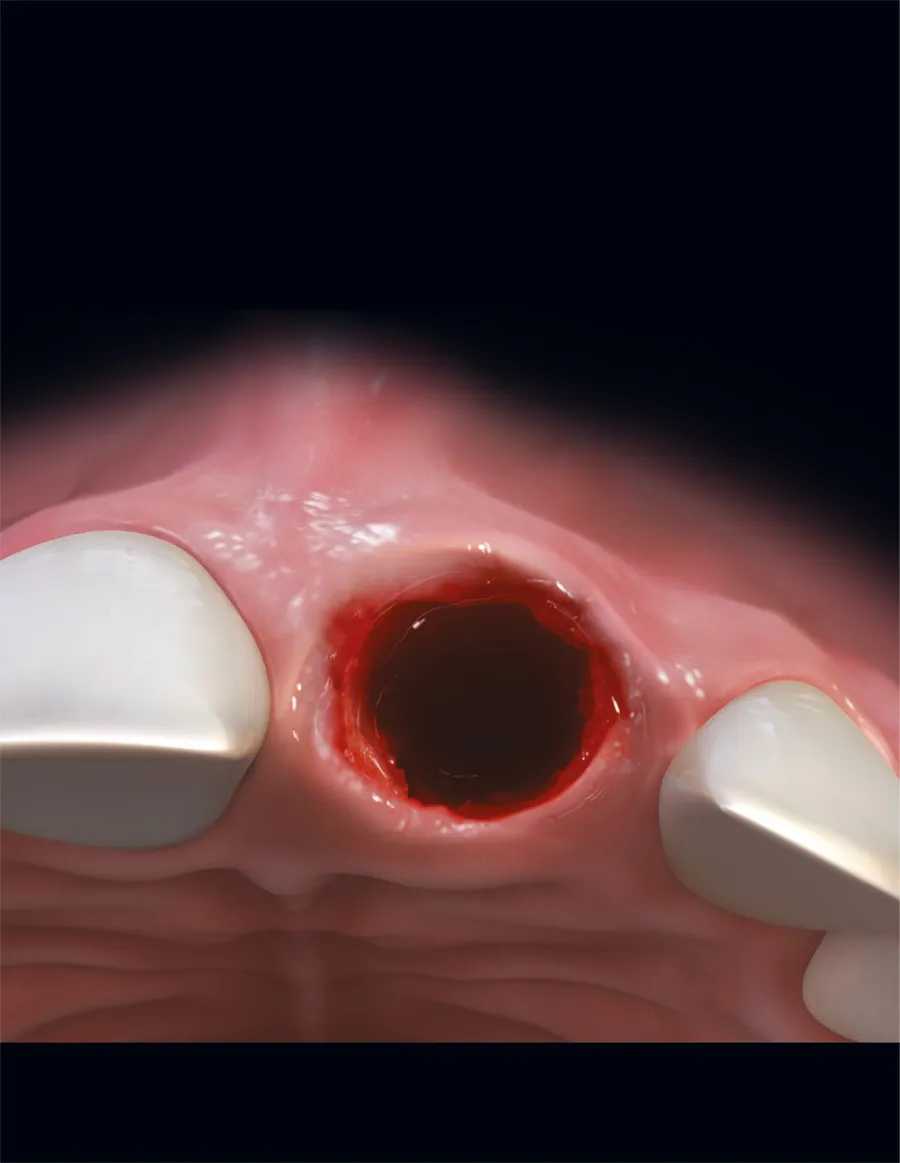
The Single-Tooth Implant:
A Minimally Invasive Approach for Anterior and Posterior Extraction Sockets
- 240 pages
- English
- ePUB (mobile friendly)
- Available on iOS & Android
The Single-Tooth Implant:
A Minimally Invasive Approach for Anterior and Posterior Extraction Sockets
About this book
The replacement of the single tooth with a dental implant is one of the most common clinical situations practitioners face on a daily basis. While in the past sockets were left untouched for months after tooth extraction before attending to the residual ridge, today it is possible to perform "one surgery, one time, " which is a huge benefit to both the patient and clinician alike. Written by two world-class masters, this book begins with a discussion of the history and rationale for anterior and posterior single-tooth implants, and then it walks the reader through the three types of sockets—type 1, type 2, and type 3—and their various indications and limitations. An entire chapter is devoted to clinical management of posterior teeth, followed by a chapter on cementation and impression-making techniques and complications. The final chapter is a clinical case appendix detailing 11 cases of single-tooth replacement in all types of sockets previously described. The protocols showcased in this book will make patient care faster, easier, simpler, more predictable, and, in many cases, less costly.
Frequently asked questions
- Essential is ideal for learners and professionals who enjoy exploring a wide range of subjects. Access the Essential Library with 800,000+ trusted titles and best-sellers across business, personal growth, and the humanities. Includes unlimited reading time and Standard Read Aloud voice.
- Complete: Perfect for advanced learners and researchers needing full, unrestricted access. Unlock 1.4M+ books across hundreds of subjects, including academic and specialized titles. The Complete Plan also includes advanced features like Premium Read Aloud and Research Assistant.
Please note we cannot support devices running on iOS 13 and Android 7 or earlier. Learn more about using the app.
Information

| Appointment # | Surgical intervention | Healing time (weeks) |
| 1 | Tooth extraction, implant placement, socket grafting, provisional restoration or custom healing abutment | 12-24 |
| 2 | Impression making | None required |
| 3 | Delivery of definitive restoration | None required |
Table of contents
- Cover
- Half Title
- Title Page
- Copyright Page
- Contents
- Foreword
- Preface
- CHAPTER 1 History and Rationale for Anterior and Posterior Single-Tooth Implants
- CHAPTER 2 Management of Type 1 Extraction Sockets
- CHAPTER 3 Management of Type 2 Extraction Sockets
- CHAPTER 4 Management of Type 3 Extraction Sockets
- CHAPTER 5 Clinical Management of Posterior Teeth
- CHAPTER 6 Important Considerations in Implant Dentistry
- CHAPTER 7 Clinical Case Appendix
- Index
- Backcover